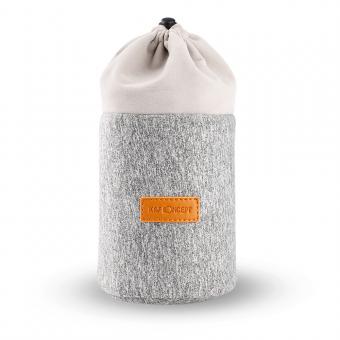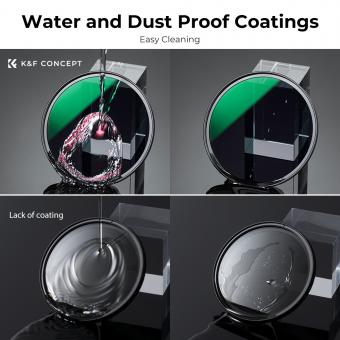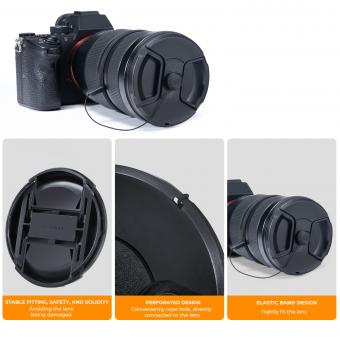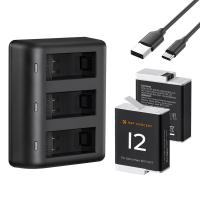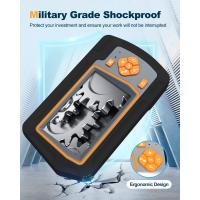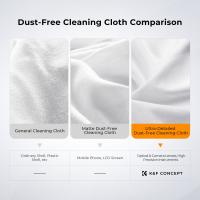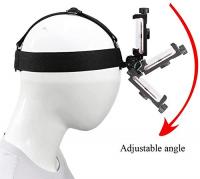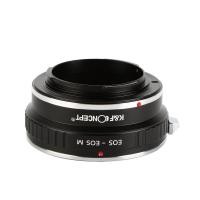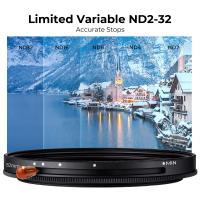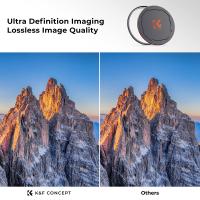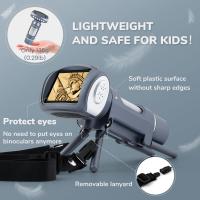Which Camera Bag For Skiing ?
When choosing a camera bag for skiing, it is important to consider a few key factors. Firstly, look for a bag that is weatherproof or water-resistant to protect your camera and equipment from snow, moisture, and cold temperatures. Additionally, opt for a bag that offers sufficient padding and protection to safeguard your camera from any potential impacts or falls while skiing. It is also beneficial to choose a bag with adjustable compartments or dividers to accommodate different camera gear and accessories. Lastly, consider the size and weight of the bag, ensuring it is comfortable to carry while skiing and doesn't hinder your movements on the slopes.
1、 Waterproof camera bags for skiing
When it comes to choosing a camera bag for skiing, it is essential to prioritize durability and protection against the elements. Skiing involves exposure to snow, moisture, and potential falls, making it crucial to invest in a waterproof camera bag.
One option to consider is the Lowepro DryZone BP 40L. This backpack-style camera bag is not only waterproof but also designed to withstand extreme conditions. It features a roll-top closure and a TIZIP zipper, ensuring that your camera gear remains dry even in heavy snow or rain. The bag also offers ample storage space for additional items such as extra lenses, batteries, and personal belongings.
Another excellent choice is the F-Stop Ajna. This backpack is not only waterproof but also highly customizable, allowing you to adjust the internal compartments to fit your specific camera gear. The bag is made from durable materials and features a weather-resistant coating, providing excellent protection against snow and moisture. Additionally, the F-Stop Ajna has a comfortable carrying system, making it ideal for long days on the slopes.
For those looking for a more compact option, the Peak Design Everyday Sling 10L is worth considering. While not fully waterproof, it offers weather resistance and comes with a rain cover for added protection. The bag's compact size makes it easy to carry while skiing, and its innovative design allows for quick access to your camera gear.
In conclusion, when choosing a camera bag for skiing, prioritize waterproof options that offer durability and protection against the elements. The Lowepro DryZone BP 40L, F-Stop Ajna, and Peak Design Everyday Sling 10L are all excellent choices, each with its own unique features and advantages.
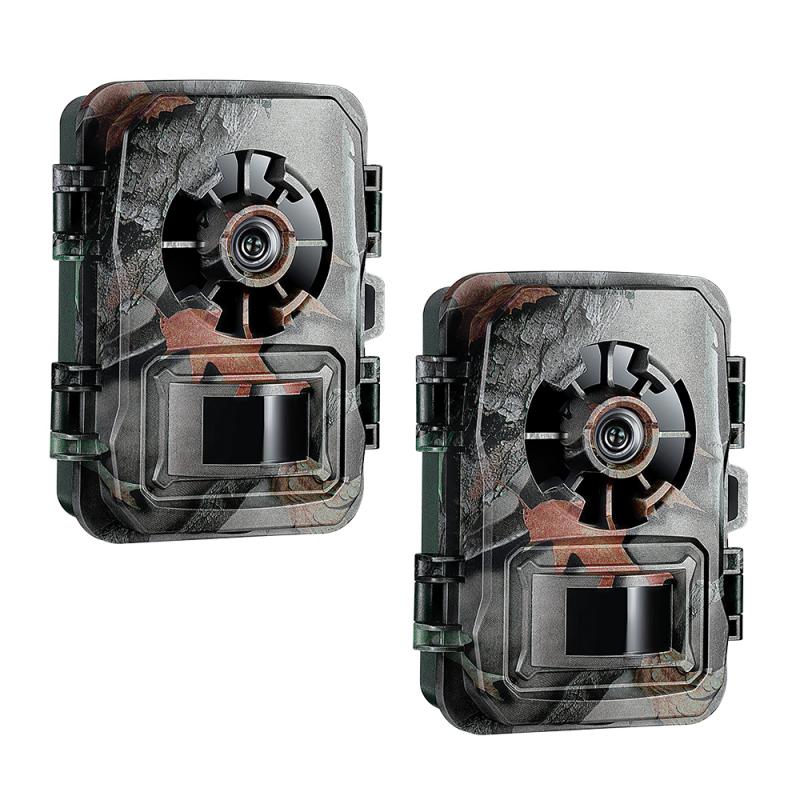
2、 Insulated camera bags for cold weather skiing
Insulated camera bags for cold weather skiing are a great option for photographers who want to protect their gear while enjoying their favorite winter sport. These bags are specifically designed to keep your camera and lenses safe from the cold temperatures and potential moisture that can occur while skiing.
When choosing an insulated camera bag for skiing, there are a few key factors to consider. Firstly, you'll want to ensure that the bag is well-insulated to protect your gear from extreme cold. Look for bags that have thick padding and insulation to keep your camera and lenses at a stable temperature.
Additionally, it's important to choose a bag that is waterproof or at least water-resistant. Skiing can involve snow, ice, and even rain, so having a bag that can withstand these elements is crucial. Look for bags that have a durable outer shell and sealed zippers to keep moisture out.
Another important feature to consider is the size and capacity of the bag. You'll want a bag that can comfortably fit your camera body, lenses, and any other accessories you may need while skiing. Look for bags with adjustable dividers and multiple compartments to keep your gear organized and easily accessible.
Lastly, consider the comfort and convenience of the bag. Look for bags with padded shoulder straps or backpack-style designs for easy carrying while skiing. Some bags even have additional features like ski or snowboard carrying options, which can be a bonus if you're looking to streamline your gear.
In conclusion, insulated camera bags for cold weather skiing are a must-have for photographers who want to protect their gear while enjoying winter sports. Look for bags that are well-insulated, waterproof, and have a suitable size and capacity for your gear. Consider the comfort and convenience features that will make your skiing experience more enjoyable.
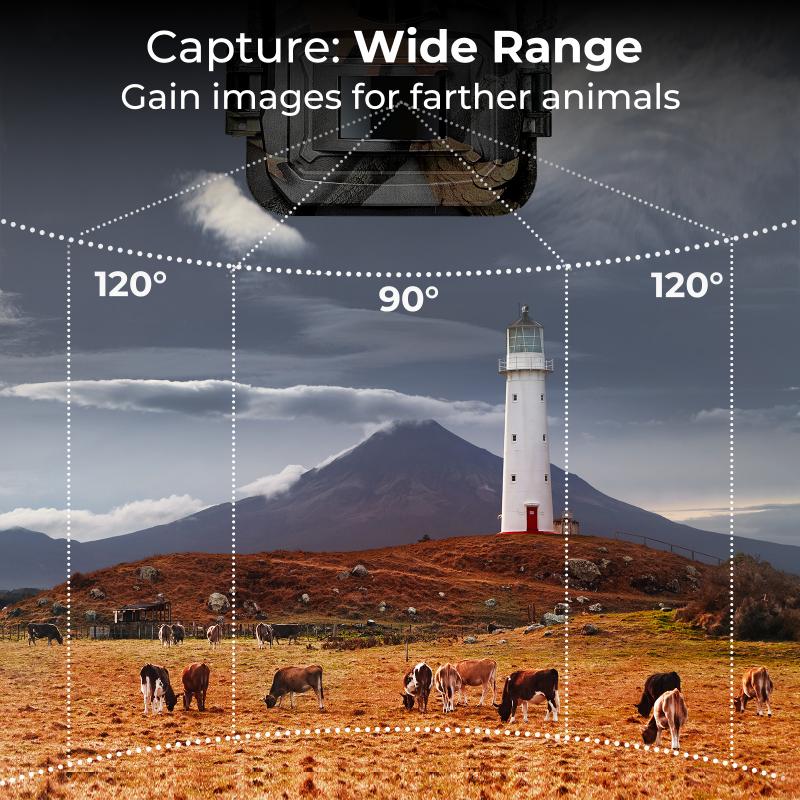
3、 Backpack-style camera bags for skiing
Backpack-style camera bags are an excellent choice for skiing as they offer convenience, comfort, and protection for your camera gear while on the slopes. These bags are designed to distribute the weight evenly on your back, allowing for easy movement and stability while skiing.
When choosing a camera bag for skiing, there are a few factors to consider. Firstly, you'll want a bag that is weatherproof or at least water-resistant to protect your gear from snow, moisture, and cold temperatures. Look for bags made from durable materials such as nylon or polyester with reinforced stitching.
Additionally, it's important to choose a bag that offers sufficient padding and compartments to securely store your camera and accessories. Look for bags with customizable dividers or compartments that can be adjusted to fit your specific gear. This will help prevent any damage or scratches while you're on the move.
Another important feature to consider is accessibility. Look for bags that have quick and easy access to your camera, allowing you to capture those spontaneous moments without having to remove the bag completely. Some bags even have side or back access panels, which are particularly useful when you're wearing ski gloves.
Lastly, consider the size and weight of the bag. You'll want a bag that is compact and lightweight, so it doesn't hinder your movement or add unnecessary bulk. However, make sure it still has enough space to accommodate your camera body, lenses, batteries, and other accessories.
In terms of specific recommendations, some popular backpack-style camera bags for skiing include the Lowepro Whistler BP 450 AW II, the Peak Design Everyday Backpack, and the F-Stop Ajna. These bags offer a combination of durability, weather resistance, and functionality, making them suitable for skiing and other outdoor activities.
It's always a good idea to read reviews and consider the latest models available on the market, as technology and design are constantly evolving. Ultimately, the best camera bag for skiing will depend on your specific needs, gear, and personal preferences.
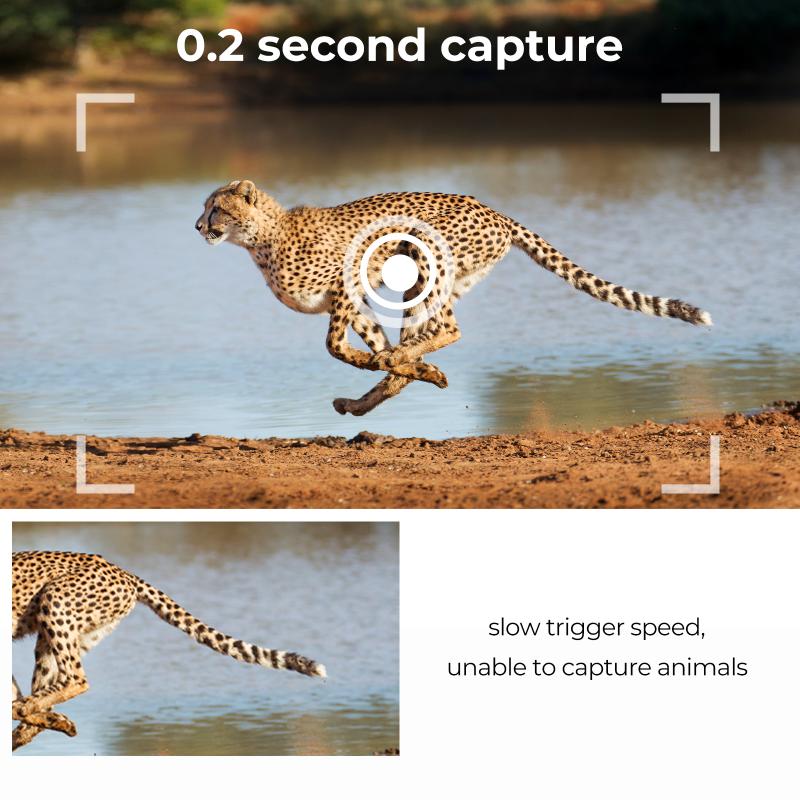
4、 Camera bags with ski-specific features
Camera bags with ski-specific features are a great investment for photographers who enjoy capturing moments on the slopes. These bags are designed to protect your camera gear from the harsh winter conditions while providing easy access to your equipment.
One popular option is the Lowepro Powder Backpack. This bag is specifically designed for skiing and snowboarding, with features such as a built-in hydration reservoir and a dedicated compartment for avalanche safety gear. It also has a padded camera compartment that can fit a DSLR or mirrorless camera with multiple lenses, ensuring that your gear stays safe and secure while you're on the move.
Another excellent choice is the Dakine Mission Photo Backpack. This bag is not only designed for skiing but also for other outdoor activities. It features a removable camera block that can hold a DSLR with a lens attached, as well as additional lenses and accessories. The bag also has a dedicated pocket for a tripod and a padded laptop sleeve, making it a versatile option for photographers who need to carry both camera gear and other essentials.
In terms of the latest point of view, there has been a growing trend towards smaller and more lightweight camera bags for skiing. Many photographers now prefer compact sling bags or waist packs that offer quick and easy access to their gear without compromising on protection. These bags are often made from durable and weather-resistant materials, ensuring that your camera gear stays safe even in challenging conditions.
Ultimately, the best camera bag for skiing will depend on your specific needs and preferences. Consider factors such as the amount of gear you need to carry, the level of protection required, and the ease of access to your equipment.







